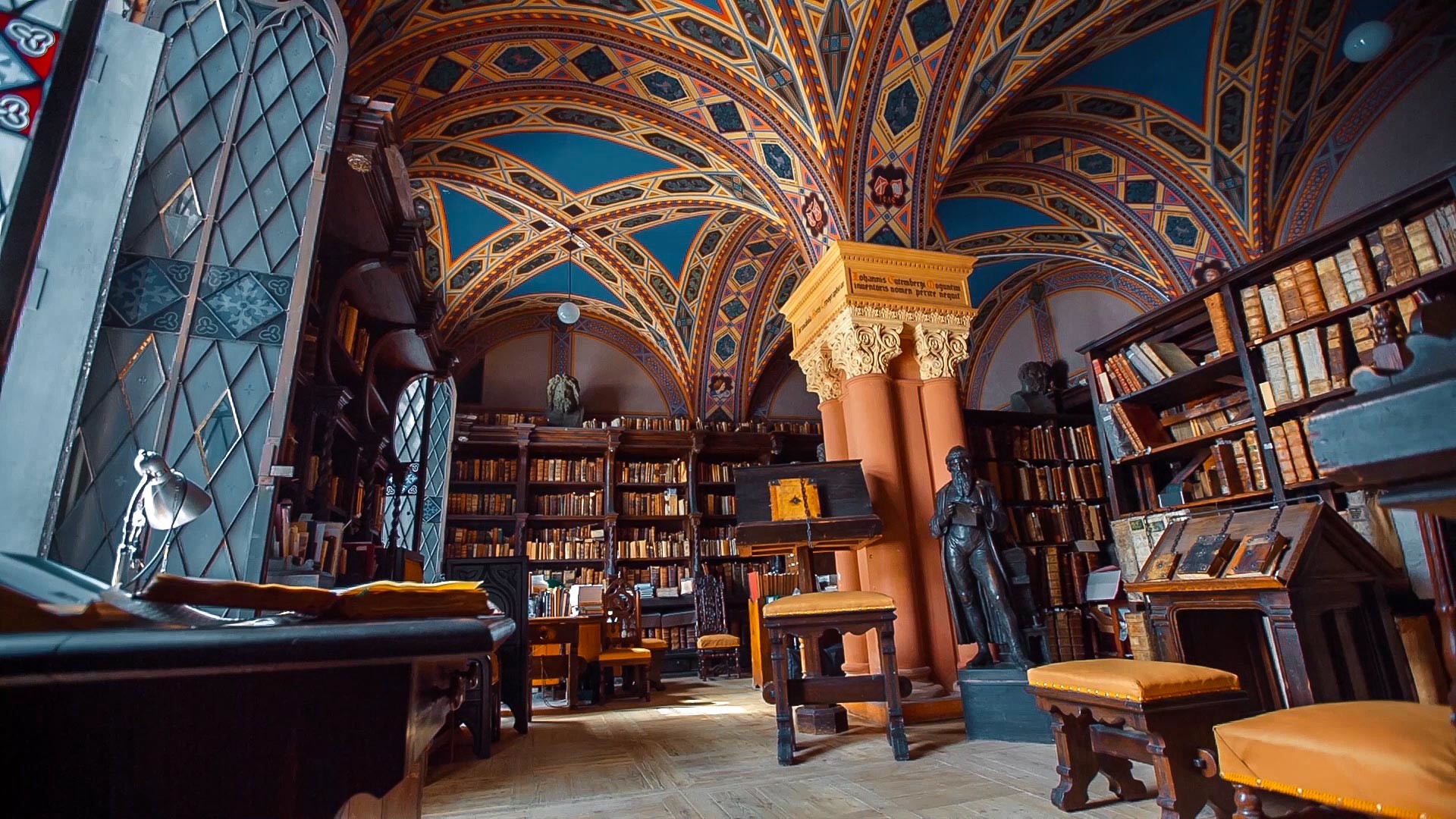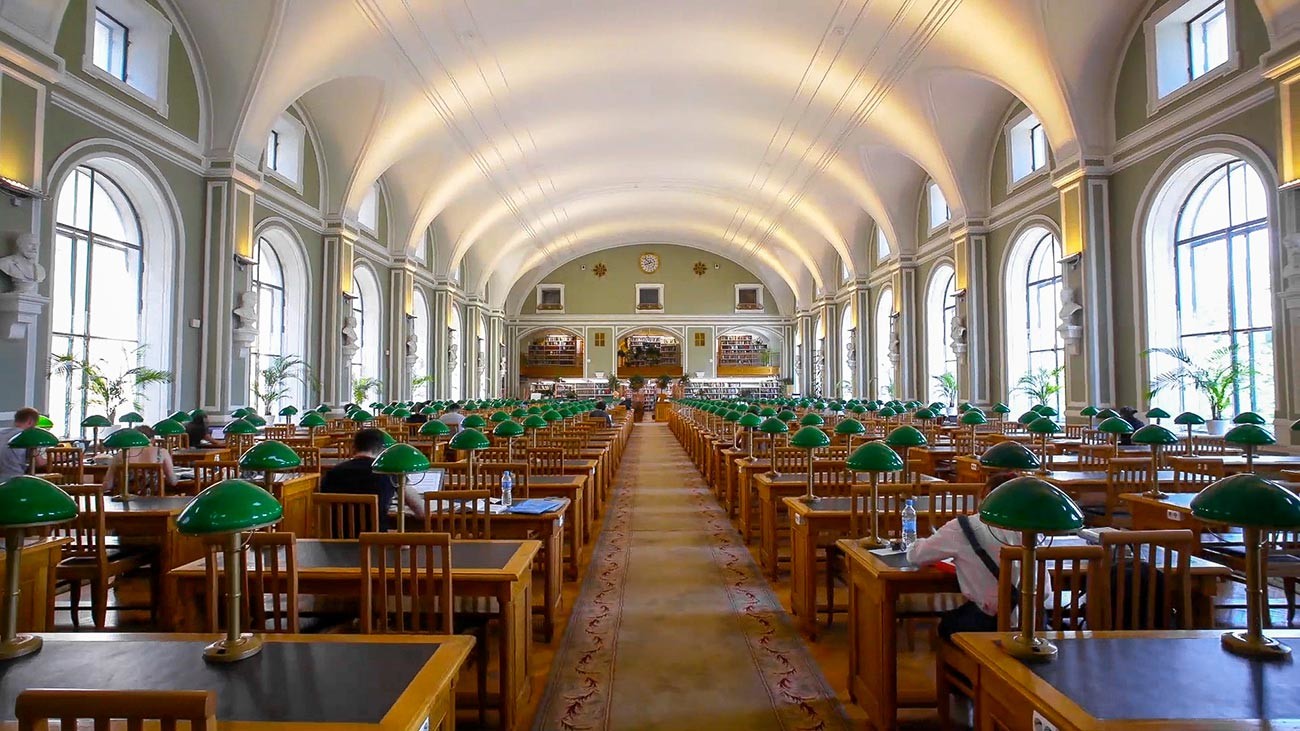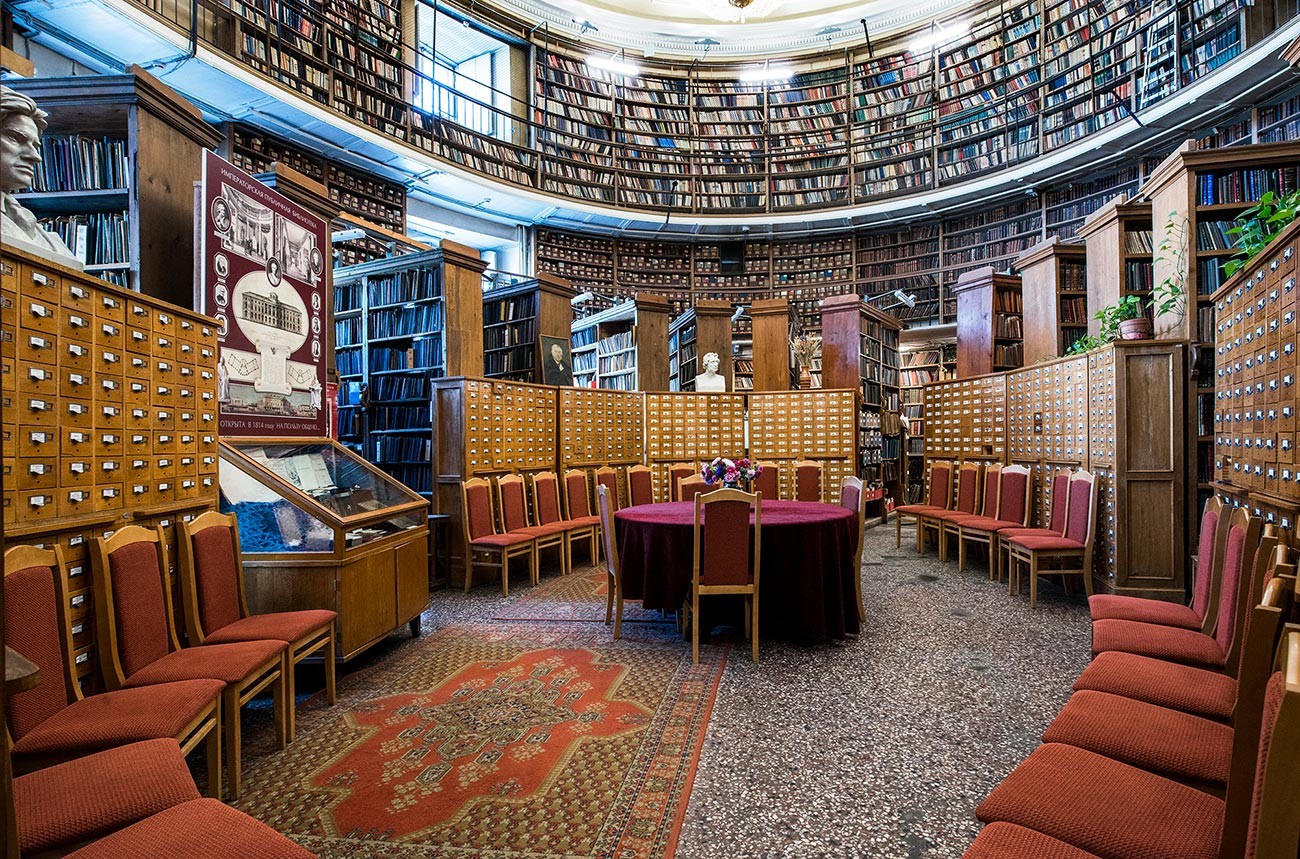10 buildings in St. Petersburg that are stunning on the INSIDE (PHOTO)
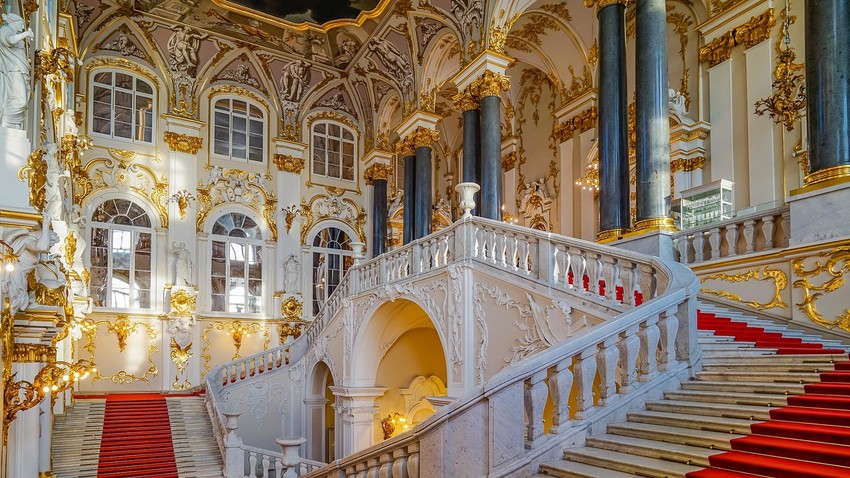
1. Church of the Savior on Spilled Blood

Standing exactly on the spot where Emperor Alexander II was mortally wounded in 1881, the Church of the Savior on Spilled Blood took 24 years to build, and this was, to a large extent, due to its extremely elaborate interior decoration. Its walls are covered with seven thousand square meters of mosaics depicting Orthodox Christian saints and the divine patrons of the Romanov Family.
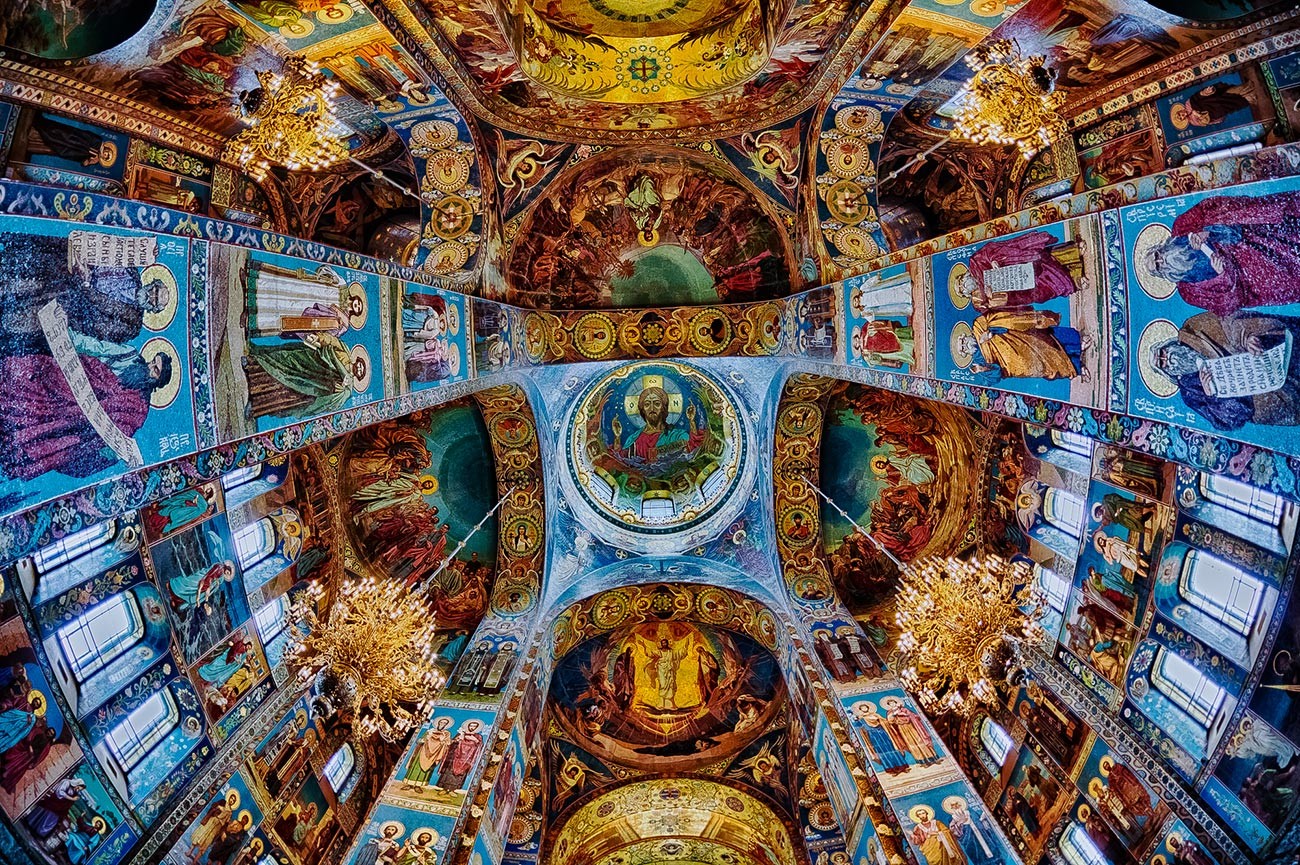
They were the work of several famous Russian artists. Initially, the church was not intended to be open to the public and this is probably why its interior was so magnificent. The cobblestones on which the monarch lay dying can also be found inside - a special shrine was built around the exact spot.
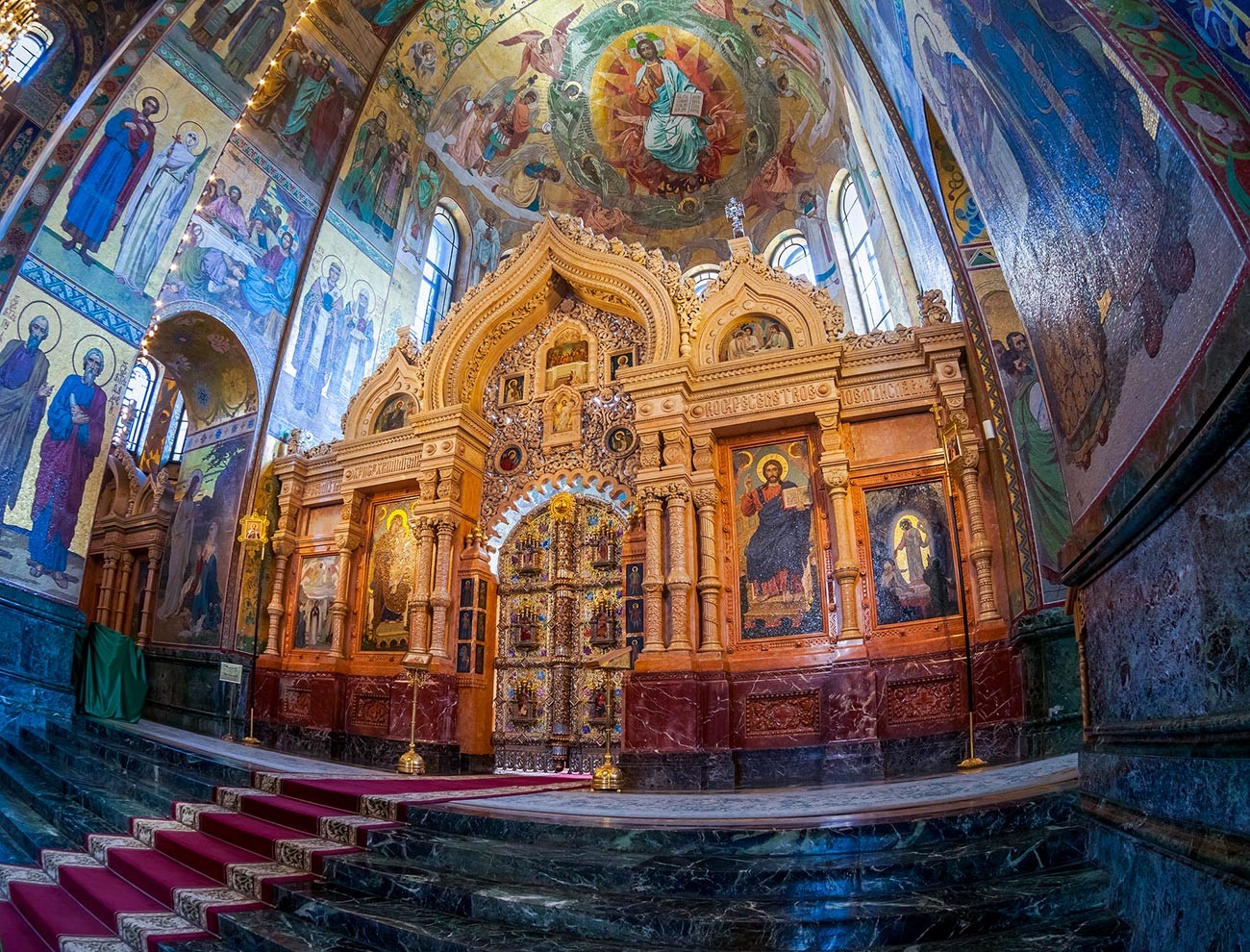
Nowadays, it is one of the city’s major attractions.
2, Griboyedov Canal Embankment
2. Yusupov Palace on the River Moika
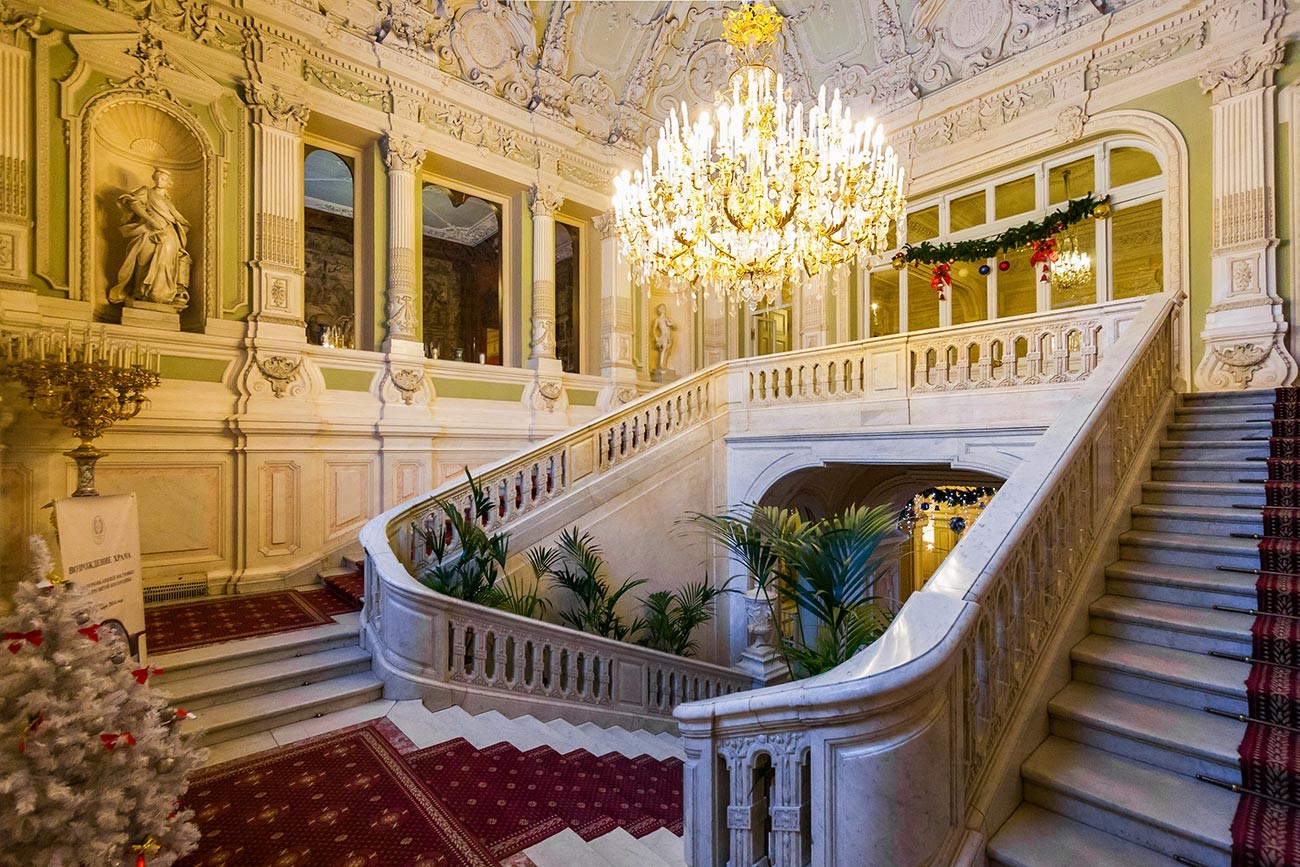
This palace belonged to one of the oldest and most influential noble families in Russia, the Princes Yusupov.
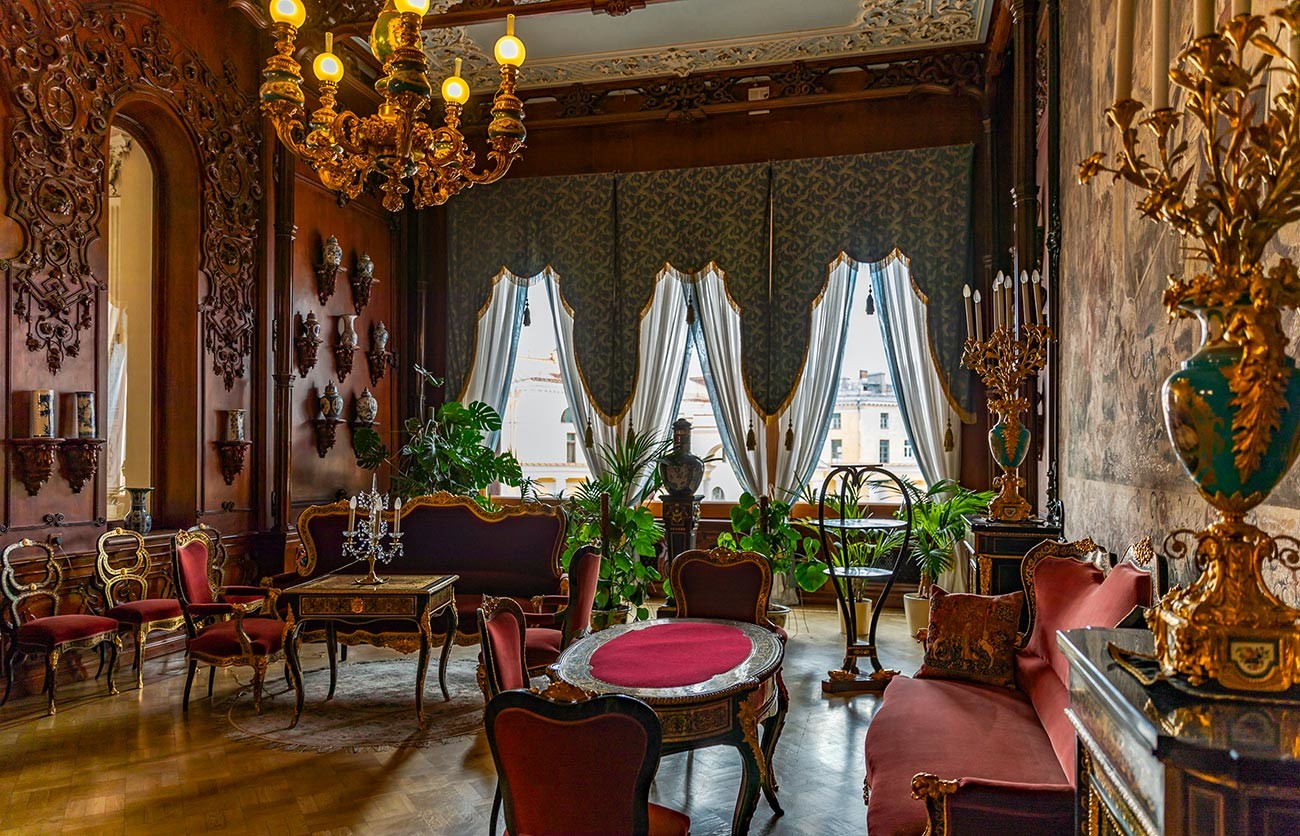
Its interiors were arguably comparable only to those of the imperial residences and for this reason it was acclaimed as the “encyclopedia” of the aristocratic St. Petersburg interiors, and later, as a “museum of luxury”.
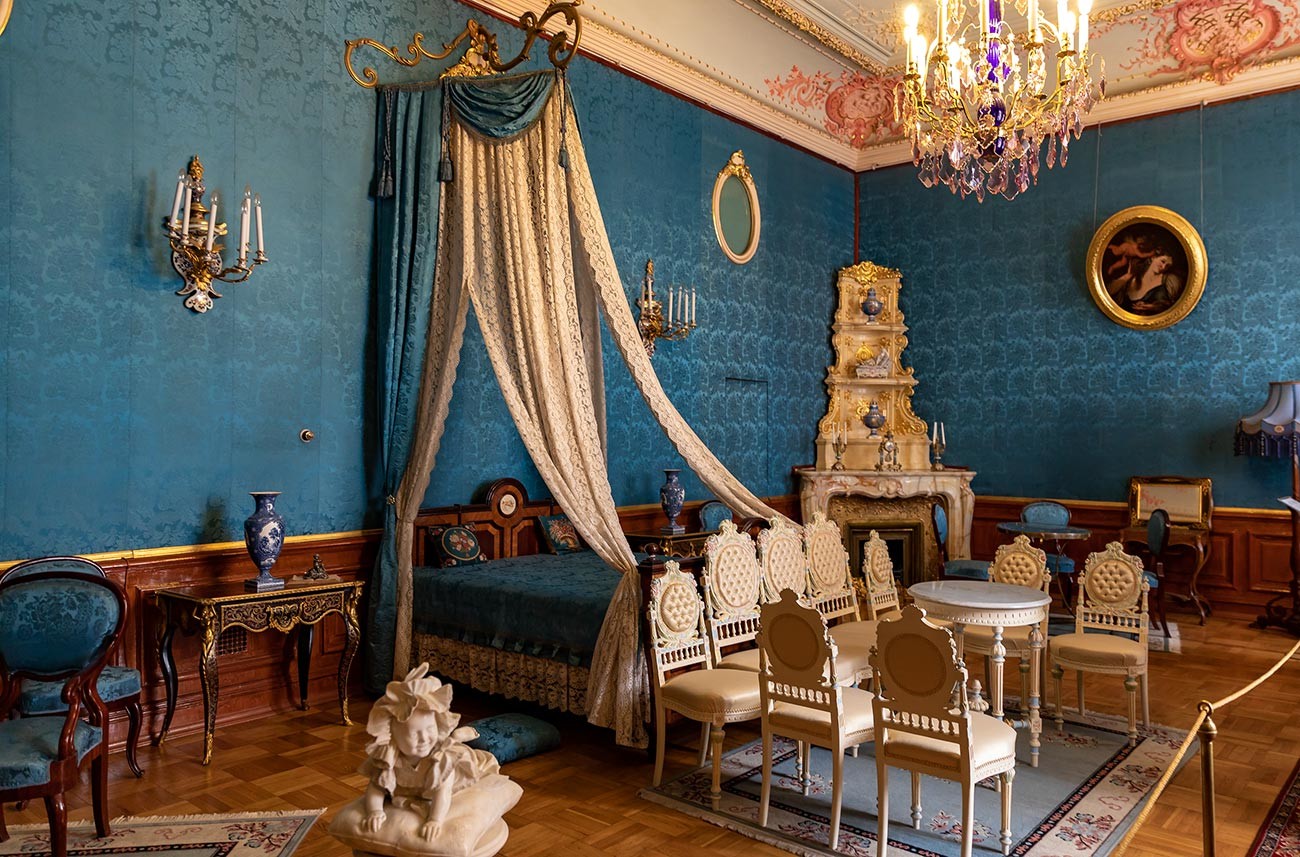
The palace has almost 30 dazzlingly furnished staterooms with huge tapestries, massive crystal chandeliers, ancient books, the most refined plasterwork by both Italian and Russian masters, an ornamented rotunda and even a home theater with a baroque stage.
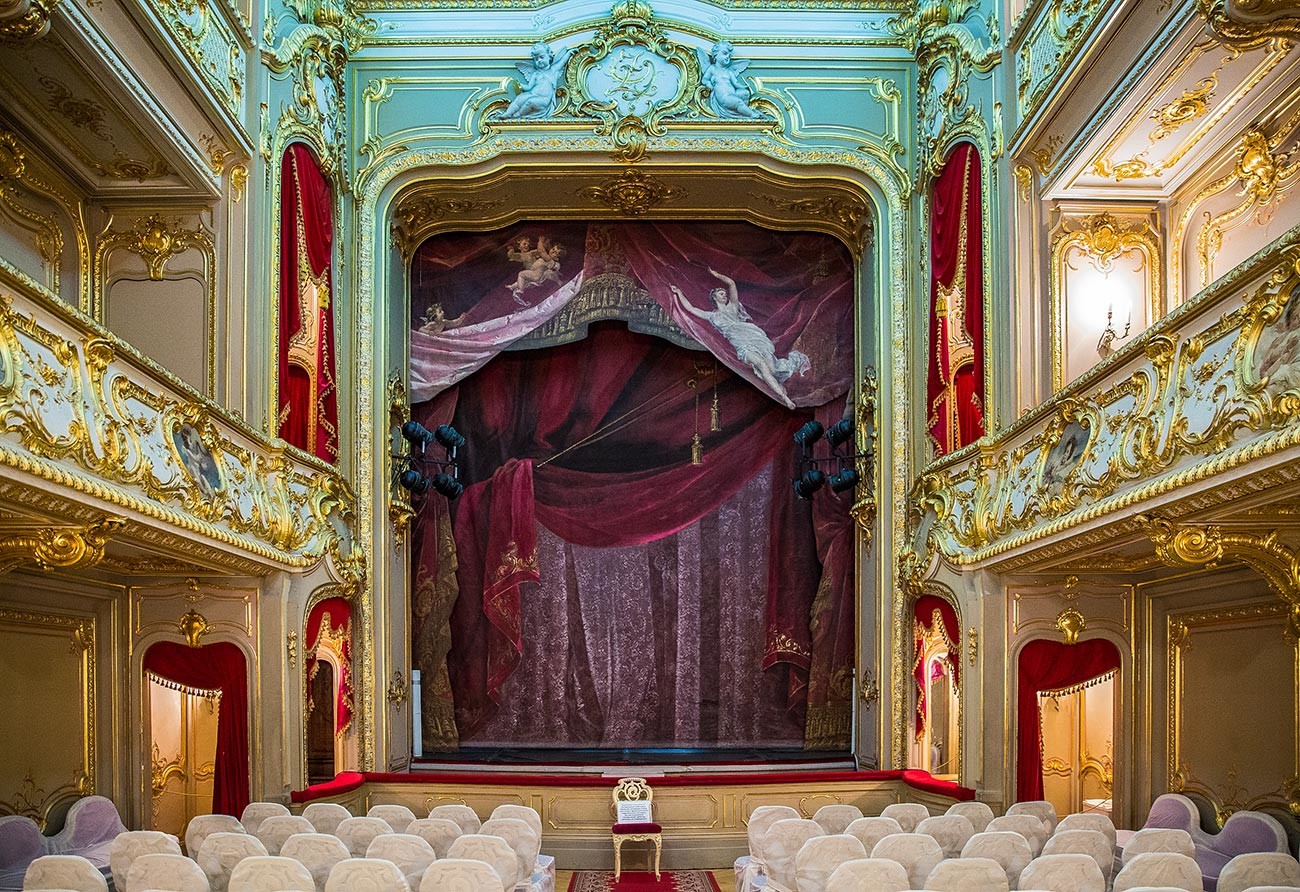
Despite the fact that it was one of 57 palaces that belonged to the family all over Russia, the Neoclassical building on the embankment of the River Moika is the best-known among them today. It was here in 1916 that young Felix Yusupov and his companions murdered Grigory Rasputin, the favorite and confidant of the last Emperor.
3. Museum of Applied Art at the Stieglitz State Academy of Art and Industry
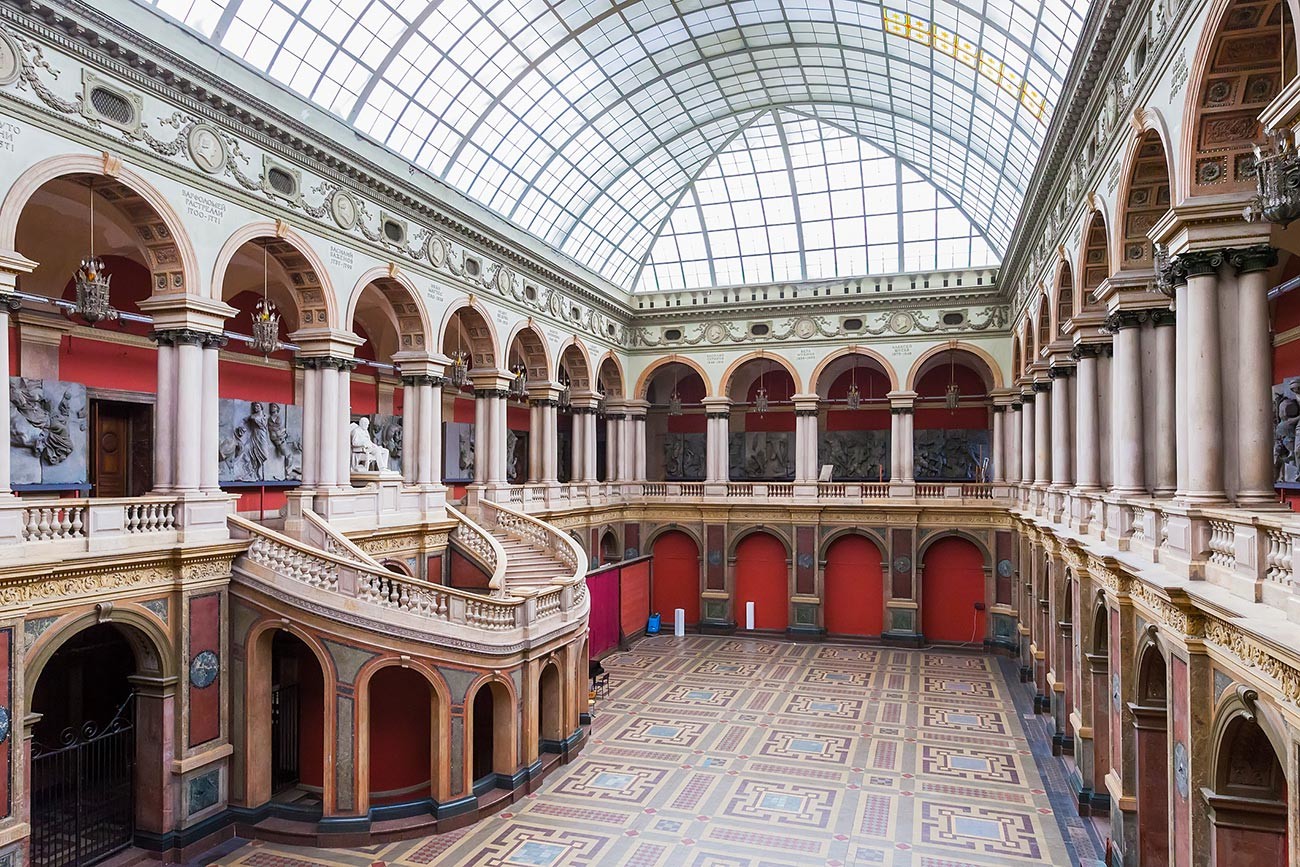
It was built in the 1870s with the money of Alexander von Stieglitz, a major philanthropist of the time. He founded an art school in the building. Years later, an amazing collection of artworks, bought at European auctions and donated by Russian aristocrats, diplomats and industrialists, was brought together here. But the internal architecture and decor of the building itself deserve no less attention.

It was designed by well-known architect Maximilian Messmacher (who also built palaces for many grand dukes in St. Petersburg). Prior to embarking on the project, he toured the European capitals, where he studied their experience in building museum spaces. As a result, the Stieglitz museum became a completely new type of museum building in Russia - with a well-thought-through lighting system and a strictly symmetrical layout.
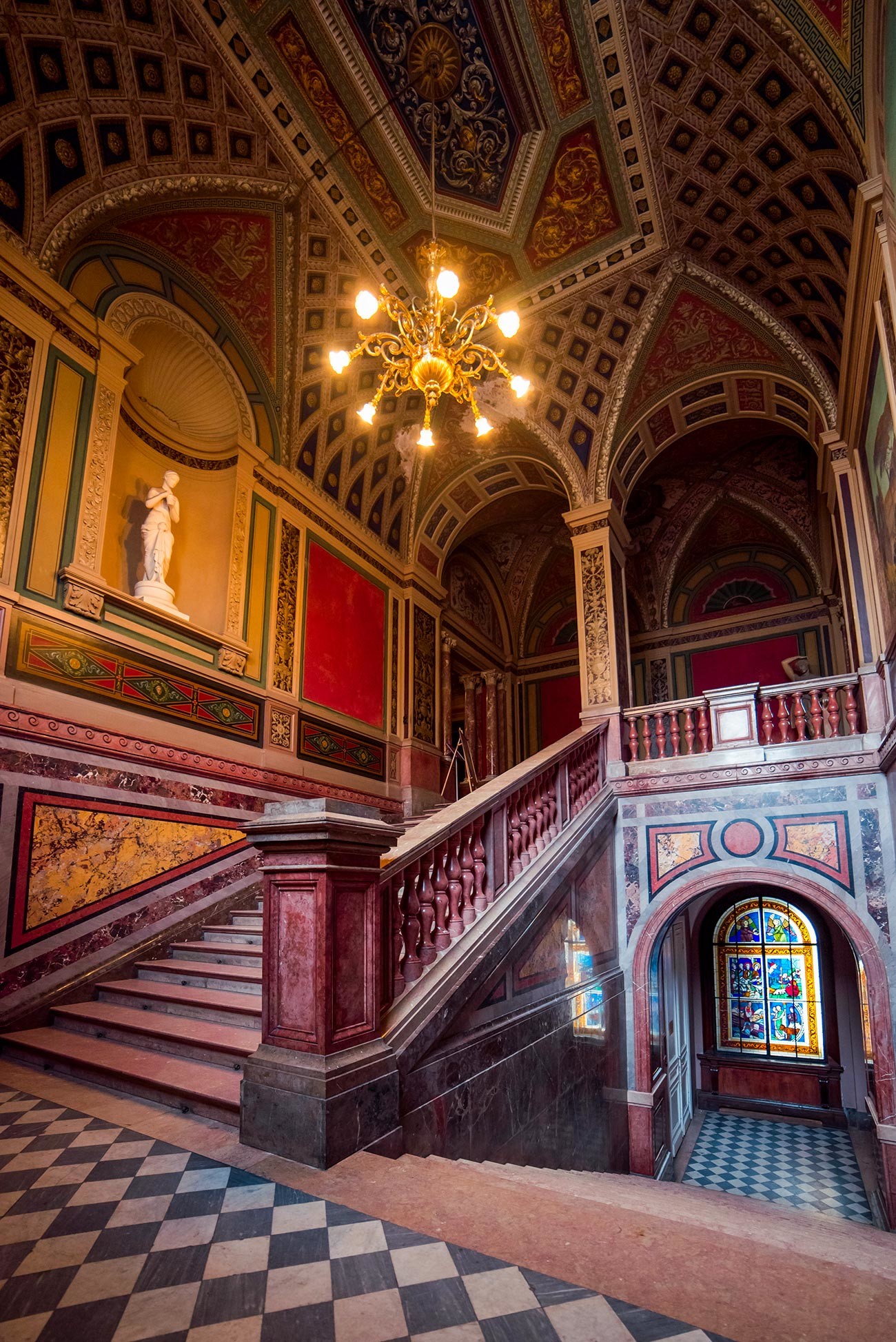
The heart of the museum and the compositional focus of the building's design is the Large Exhibition Hall and Atrium, reminiscent of the courtyard of a typical Italian palazzo, which has, what was quite a progressive feature for the 19th century - a majestic glass dome.
4. Catherine Palace
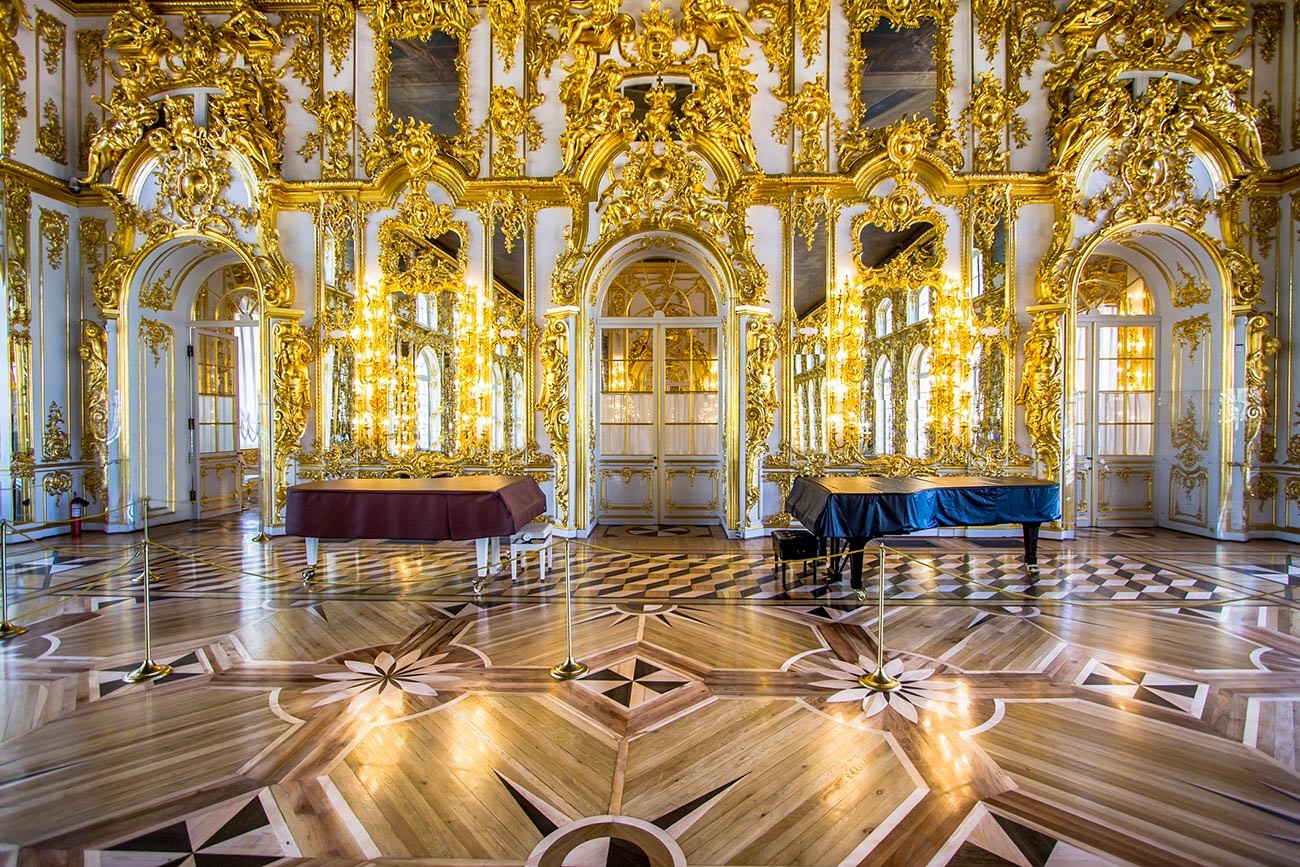
This imperial summer residence outside St. Petersburg is certainly one of the most beautiful places related to the House of Romanov. With a fine exterior, it is no less splendid inside: Its formal interiors gleam with gilding, the walls are clad with Chinese and Lyon silk, and every stateroom of the ceremonial suite of rooms has its own decorated multi-tiered tiled stove, each specially made for the palace.

True, today, all this splendor is the result of the painstaking work done to restore this monument of architecture.
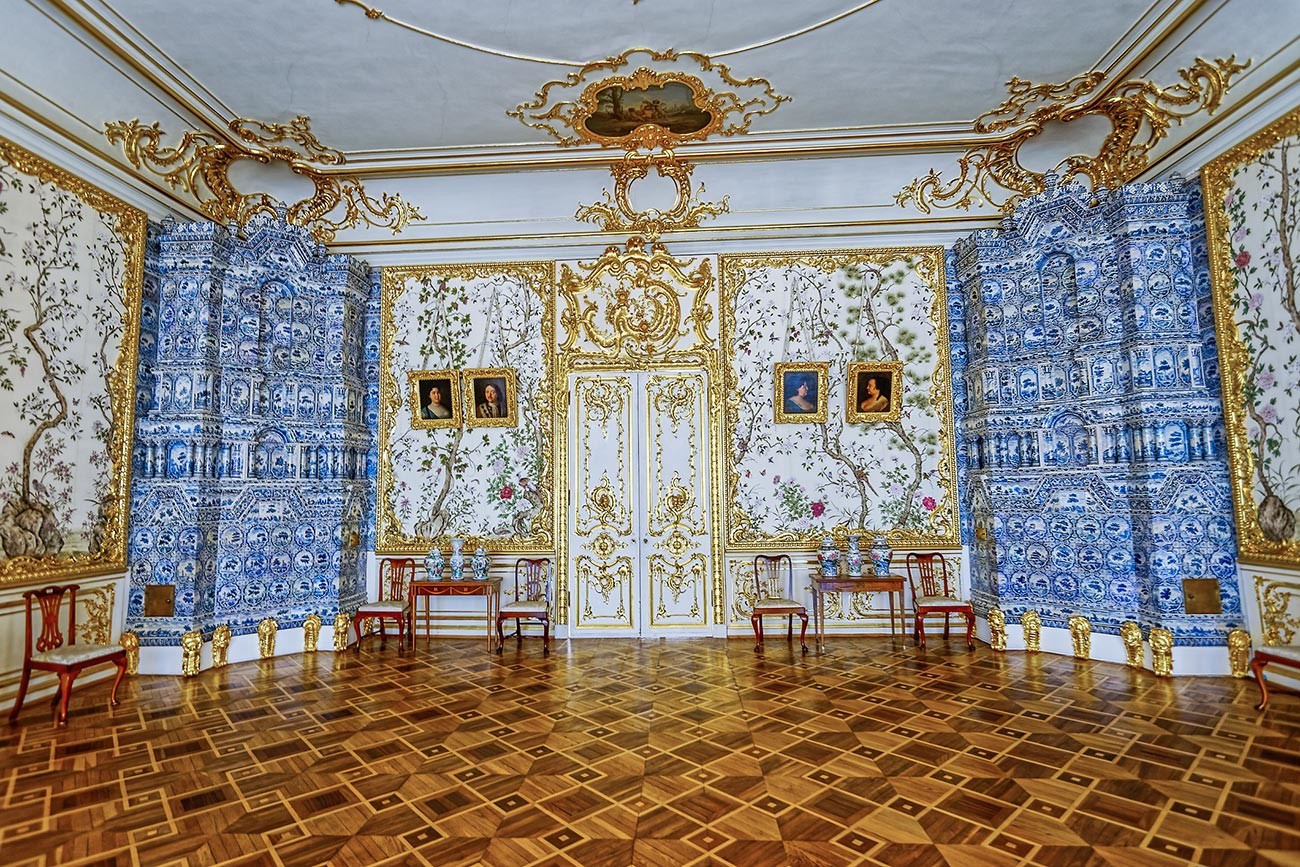
During World War II, the palace was badly damaged, including its most famous chamber, the Amber Room, which was covered in amber panels from floor to ceiling. The contents of the room mysteriously disappeared during the war and to this day no-one knows where they are hidden. Over the past decade, Russian craftsmen and experts have “brought the room back” to its former self by constructing an exact replica of it.
7, Garden Street (town of Pushkin)
5. Mariinsky Theater
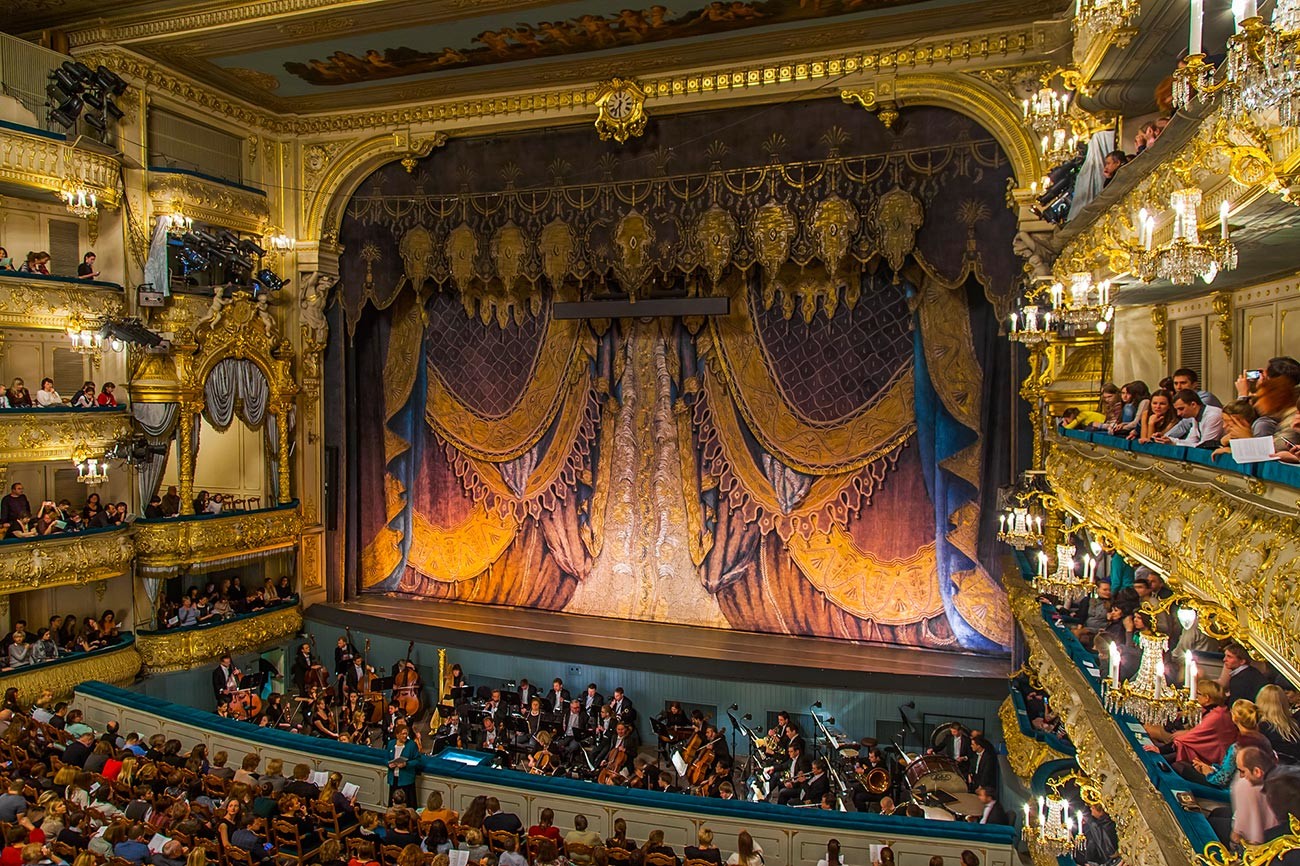
In tsarist times, the Mariinsky Theater, the theater and ballet “showcase” of St. Petersburg, was the main meeting place of nobility and the Imperial Family. This magnificent building has had numerous makeovers and changes of appearance, but to this day, the main stage of the ‘Mariinka’ (as the theater is popularly known) remains the personification of imperial chic.
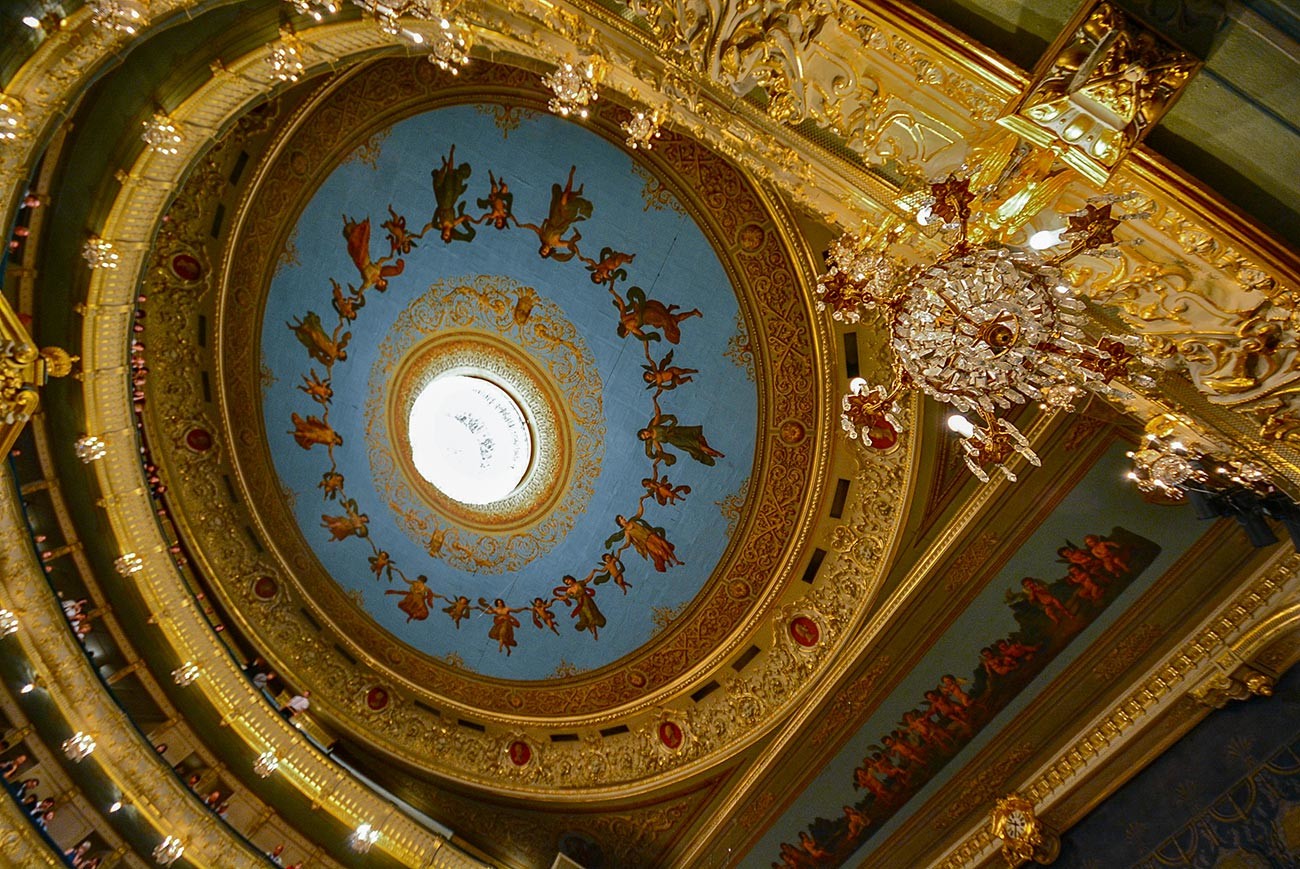
True, Russian-Italian architect Alberto Cavos put the emphasis not on the facade or the main staircase, but on the auditorium, which is rightfully regarded as one of the most beautiful in the world.
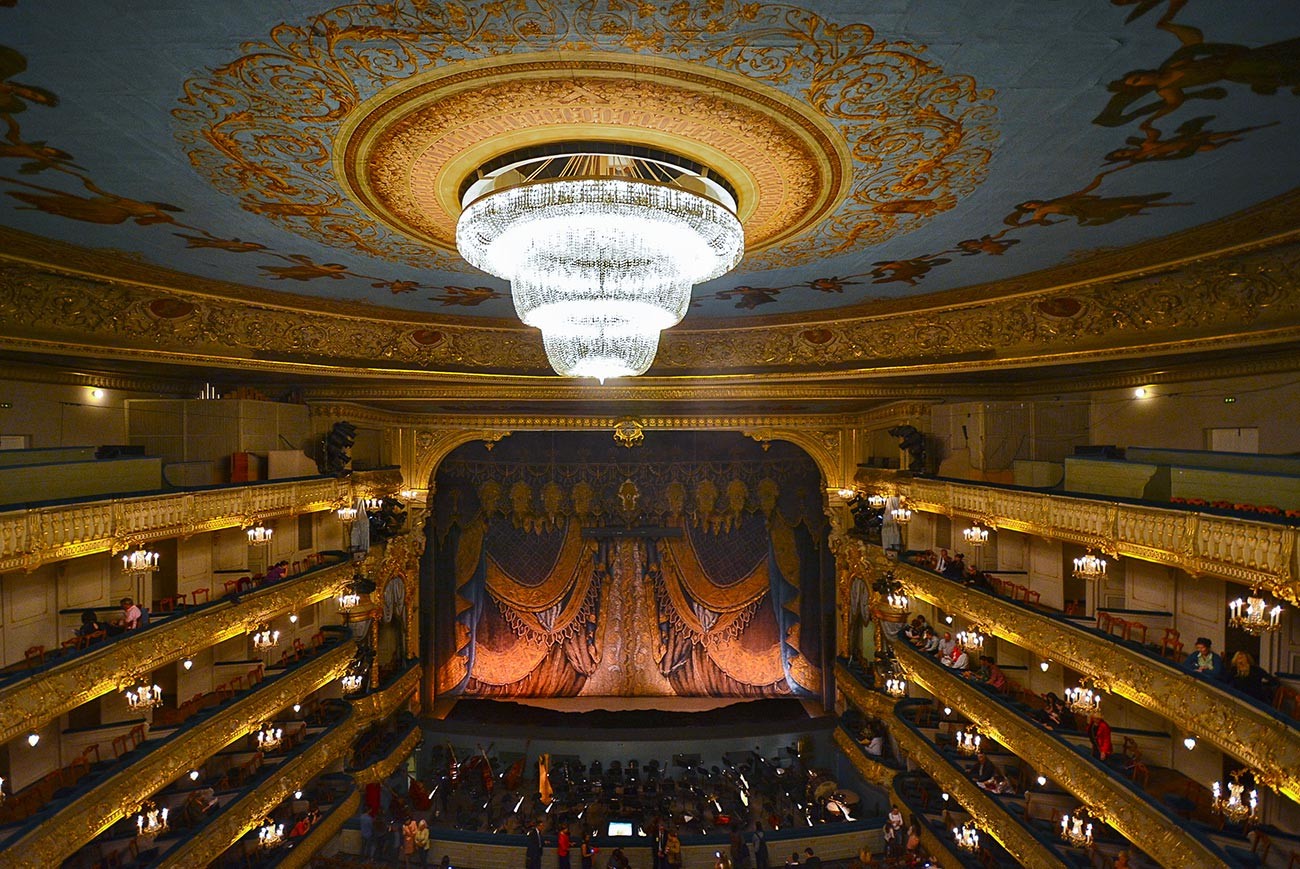
The color of the velvet-lined walls and seats is blue-green, which breaks the tradition of imperial theater design (usually red and gold). The decorated ceiling with 12 nymphs accompanied by cupids and 12 roundels with portraits of playwrights is particularly striking. The theater’s showpiece, however, is its 1860 chandelier with 23,000 suspended crystal drops!
6. Shuvalov Palace
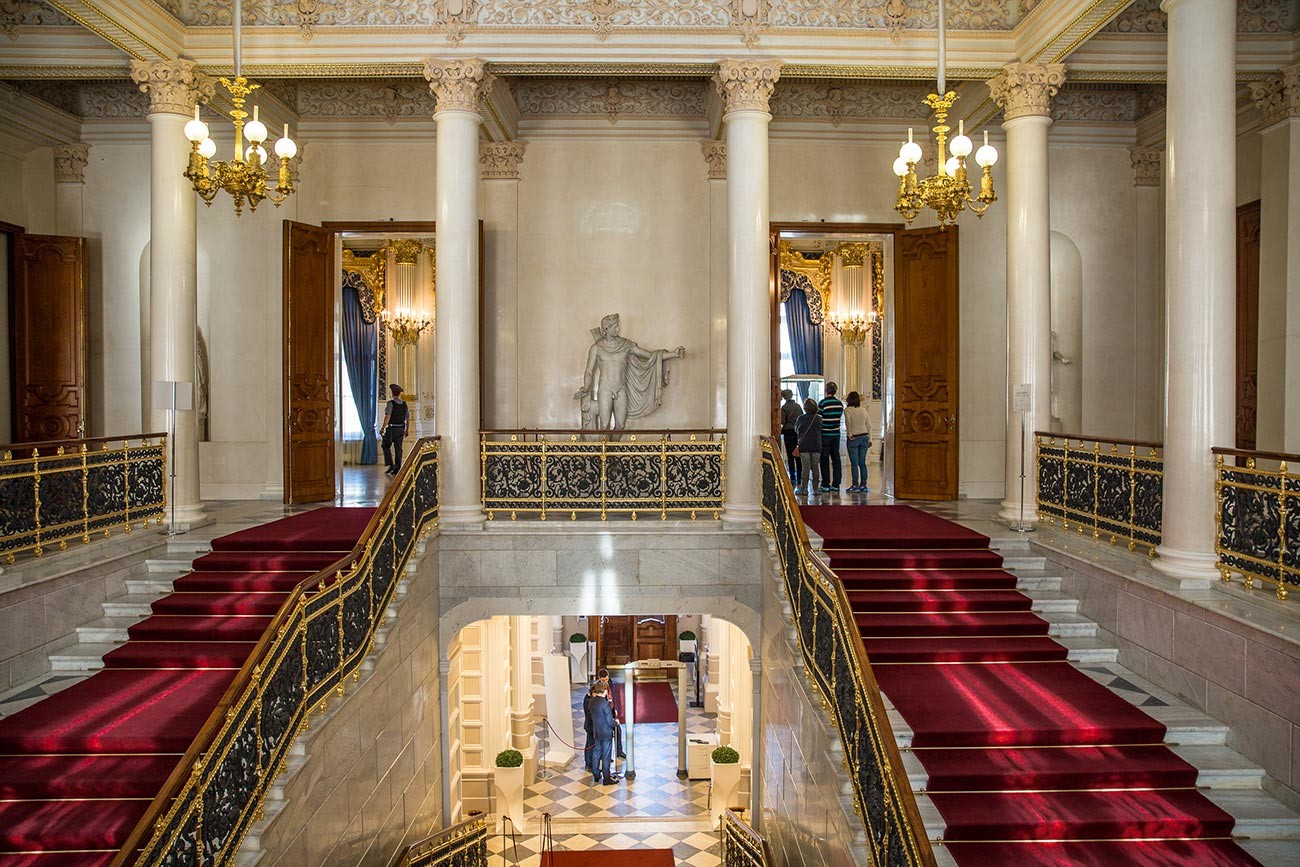
This palace, yet another of St. Petersburg’s most beautiful buildings, was built on the banks of the Fontanka River at the end of Catherine II’s reign. It quickly acquired the reputation of a venue popular with high society. Nowadays, this is the city’s historic center, but when it was built, the Shuvalov Palace stood on the outskirts: The Fontanka marked the edge of St. Petersburg at the time.
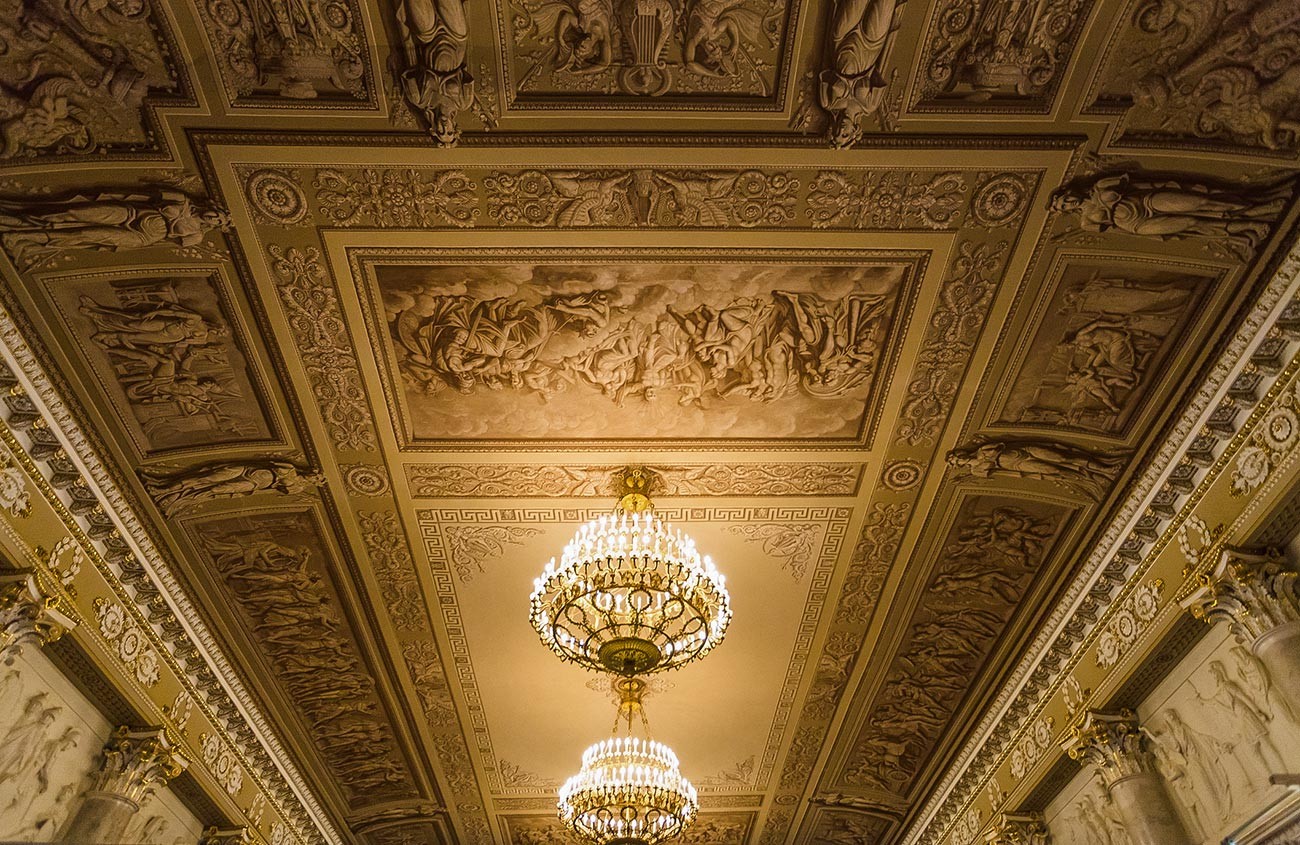
Inside, it is divided into staterooms in Neo-Renaissance style, each with its own unique design. The Ballroom (also known as the ‘White Column Hall’) is regarded as one of the most splendid - it is decorated with marble columns and the upper parts of the walls are covered with sculptural panels depicting scenes of the Trojan War. Nowadays, the Shuvalov Palace is a kind of “jewelry box” for precious objects: Its lavish interiors house the private Fabergé Museum.
7. The Russian National Library in Saint Petersburg
One of the biggest libraries in the world, this was the first national library in Russia. Initially, its remit was to keep a copy of all (!) the books published in Russian (both in Russia and abroad), as well as books about Russia in foreign languages. But it is not just the scale of its collection that impresses.
Its oldest building, designed by the Italian Carlo Rossi and facing the Catherine Garden (for a time, the Empress personally supervised the construction of the library), includes several staterooms that have their own interior design and layout.
Arguably the most remarkable of them is Faust’s Study, or the ‘Gothic Hall’, as it is also known. It is built in a medieval style and its colorfully decorated groin vaults are reminiscent of a monastic cell from 15th century Europe.
8. The Hermitage

The main Hermitage building, the famous Winter Palace, was the principal residence of Russian monarchs for several centuries. Therefore, its 1,084 rooms are distinguished by a particular splendor and magnificence, from its grand granite Jordan Staircase (the starting point for religious processions to the Neva River to cut a hole in the ice to celebrate Christ’s baptism in the Jordan River) to the Romanovs’ private apartments.
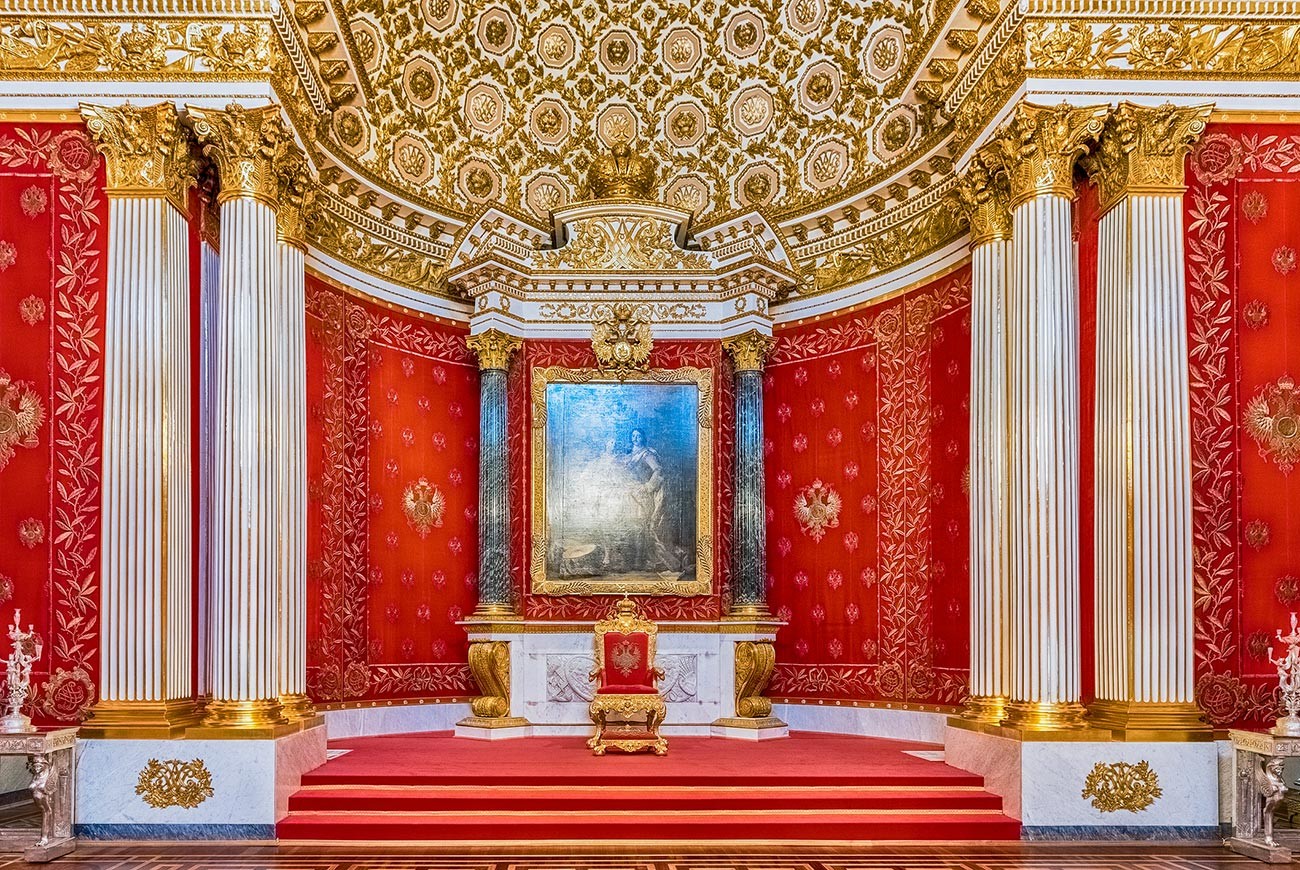
Over the years, the staterooms decorated with precious stones have changed their appearance many times. The last time was after World War II: The palace was a major target in the war and was hit by 17 artillery shells and two aerial bombs.
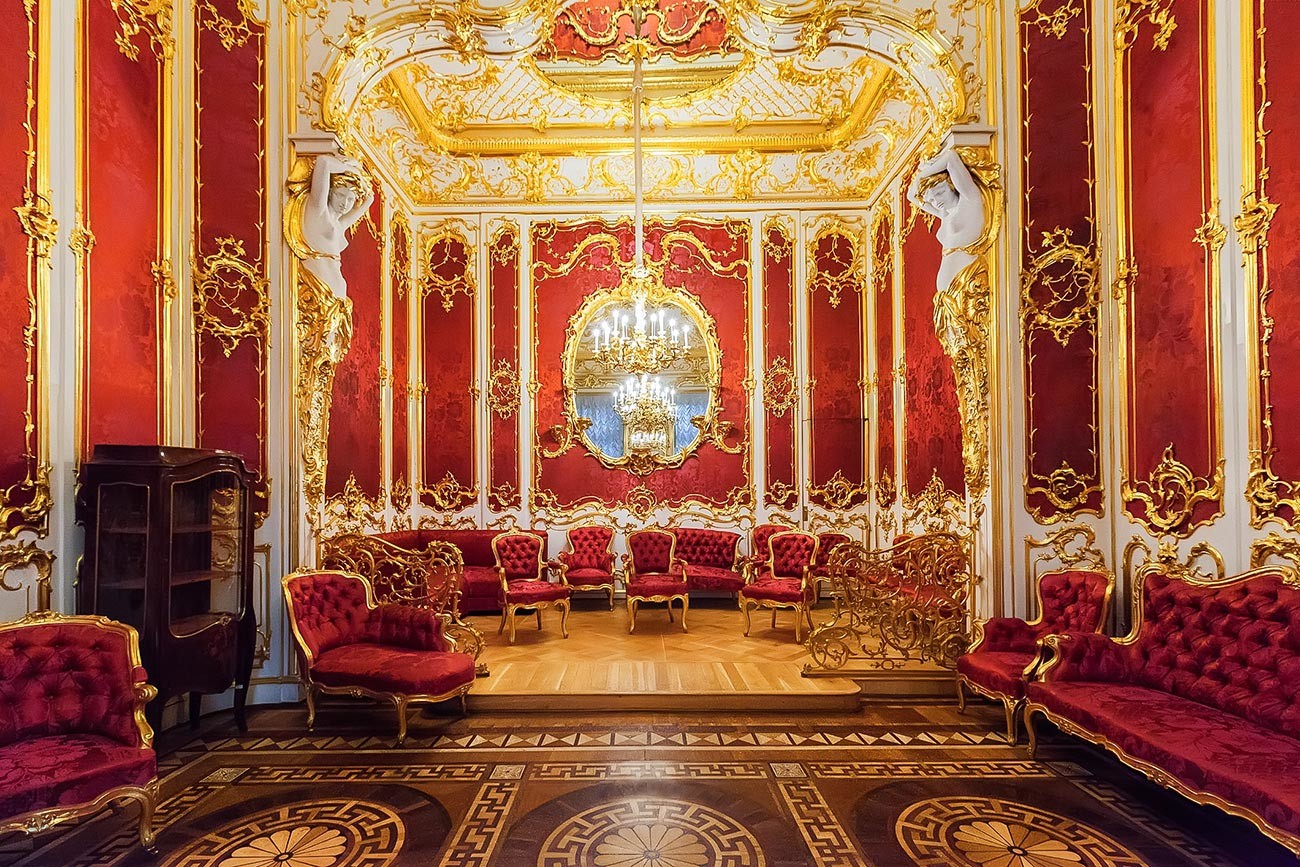
The historic staterooms also sustained damage as a result of nearby shell blasts. However, to this day, the palace retains its original decor and interiors. To save all these treasures, museum workers and volunteers really had to go beyond the call of duty (spending many nights in the Hermitage cellars).
9. The Grand Peterhof Palace
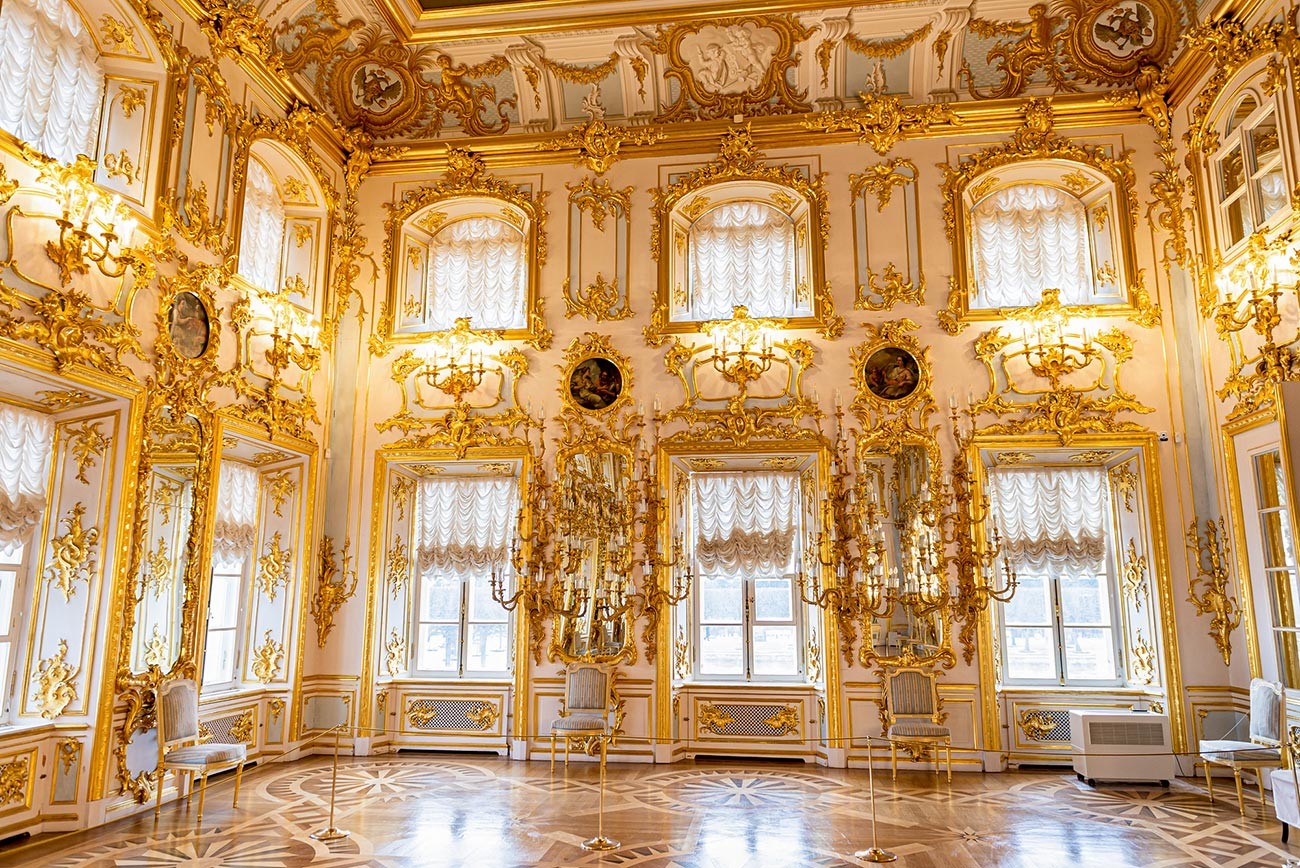
This sumptuous palace was designed by Italian architect Bartolomeo Rastrelli, Empress Elizabeth Petrovna’s favorite architect and the mastermind behind the Winter Palace. Over several centuries, the summer residence was given a number of makeovers (in line with whatever the prevailing architectural fashion was), so the interiors bear distinct imprints of different styles and tastes.
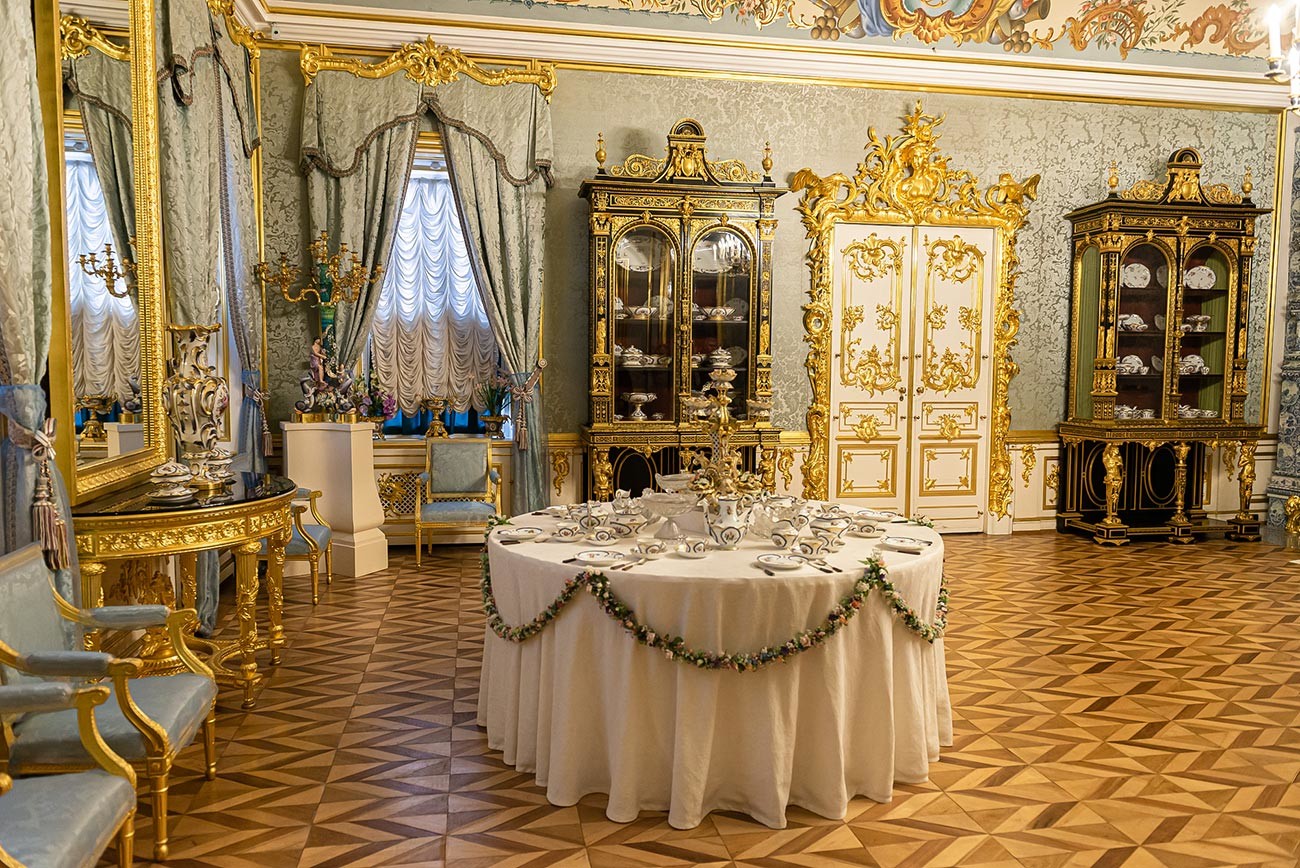
Here, you will find a Baroque gallery with gilded carvings and mirrored glass panels (to create a sense of space in what are in actual fact quite narrow staterooms), Peter the Great’s Oak Study with his personal items, Rococo features, as well as restrained Classicism.
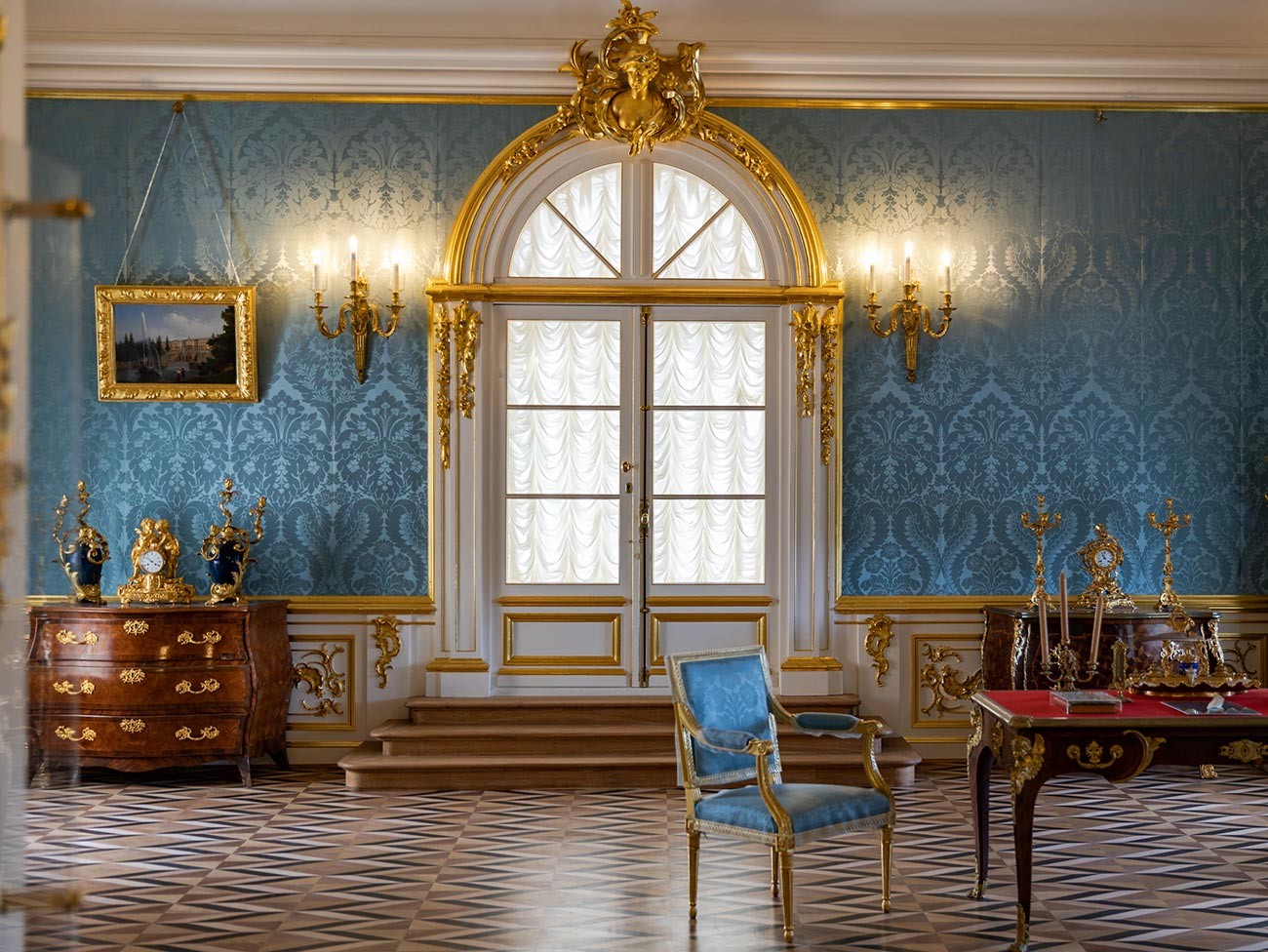
But everything you can behold here today is the result of the painstaking work of several decades. The palace was set on fire and blown up during the war. It literally had to be raised from the ruins.
10. St. Isaac’s Cathedral
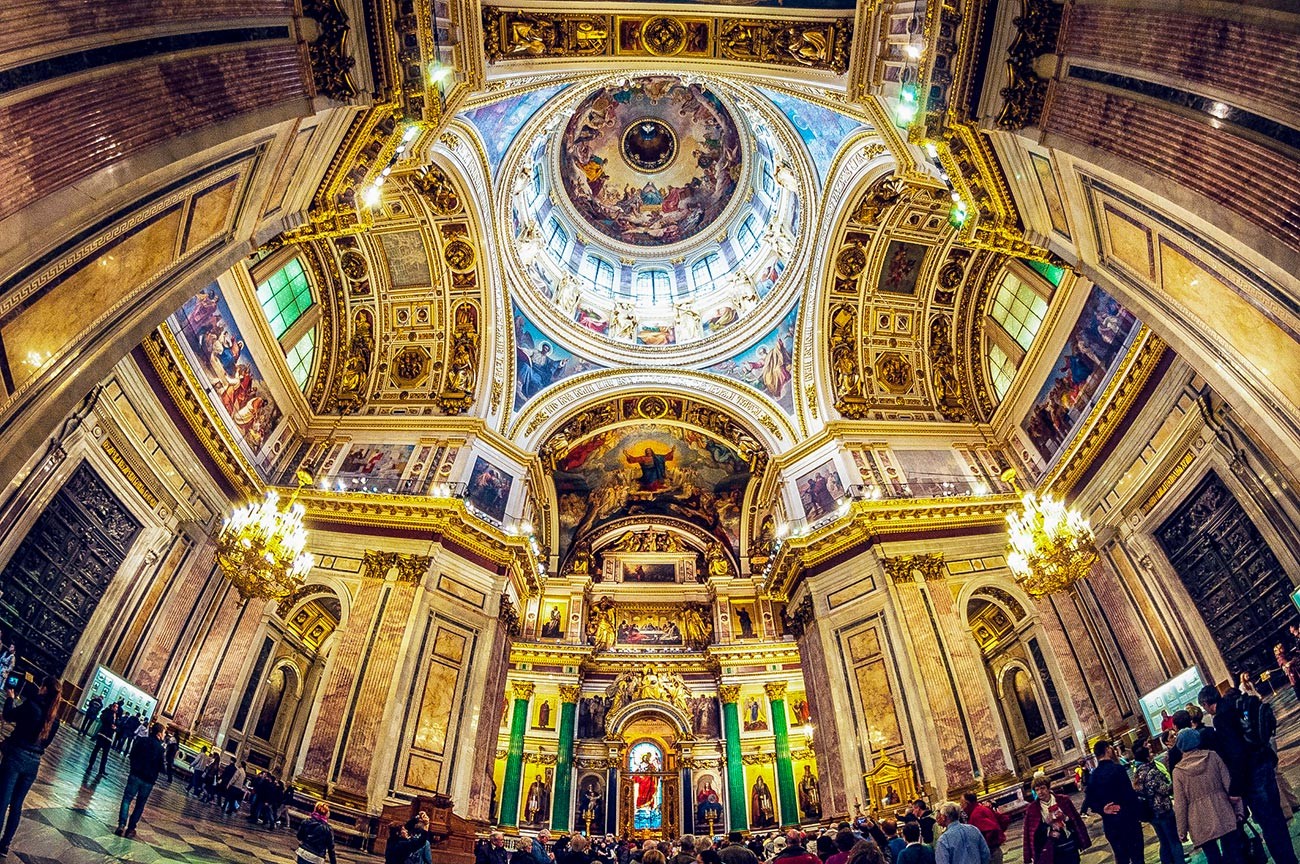
At the time of its construction, St. Isaac’s Cathedral was the most expensive church in Europe (100 kg of gold was used for its cupolas alone), and it was intended to become “the most important place of Orthodox Christian worship in the empire”.
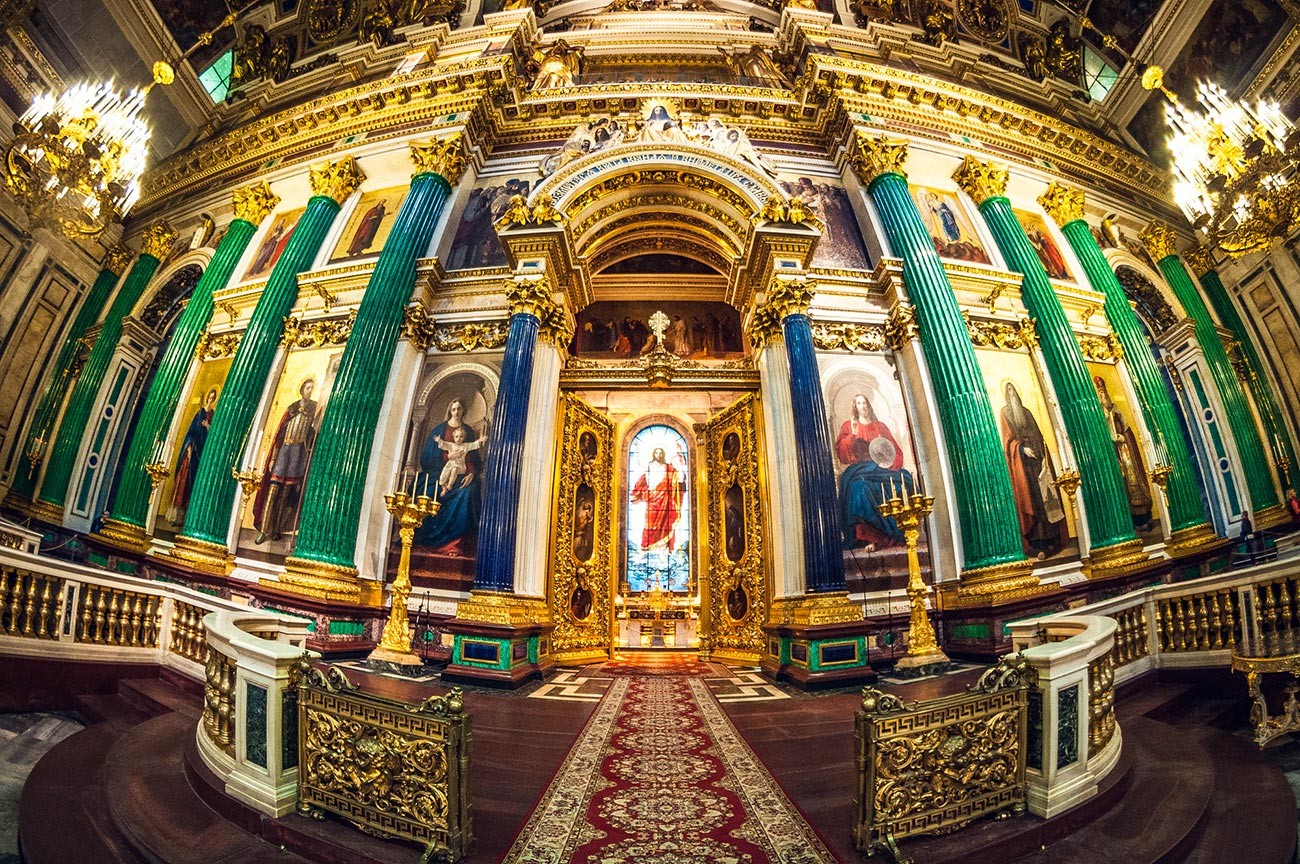
Unsurprisingly, new “claimants” were constantly emerging to lay claim to this status. What the 101-meter-high cathedral in the center of the city actually turned out to be was a monument of the age and one of the country’s most monumental cathedrals. It took a very long time to build, in point of fact - 40 years - and no less zeal was expended on the internal decorations than on its grand facade.
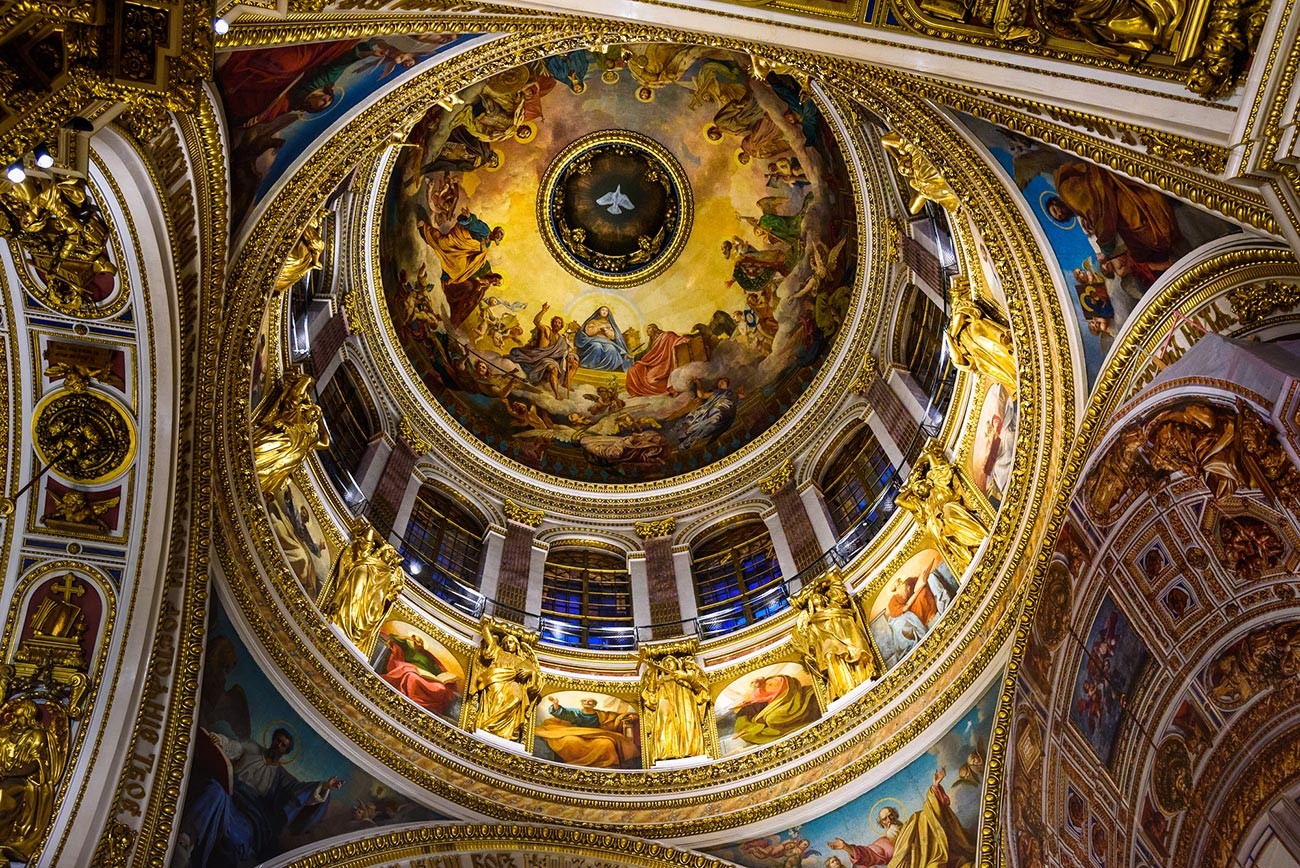
The ceiling, with an area of 816 sq. meters, was painted by Karl Bryullov, the best portraitist of his time. The cathedral interior is decorated with precious marbles, lazurite, malachite and elaborate mosaics.

There are impressively massive gilded chandeliers weighing three tons each and it has a spectacular dome - at its very center is a sculpture of a soaring dove, a symbol of the Holy Spirit.
If using any of Russia Beyond's content, partly or in full, always provide an active hyperlink to the original material.
Subscribe
to our newsletter!
Get the week's best stories straight to your inbox
